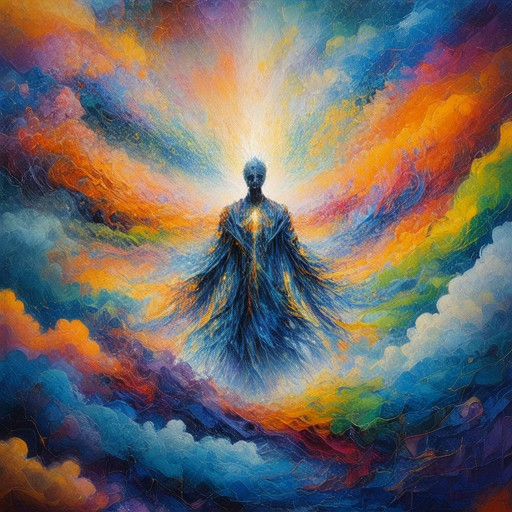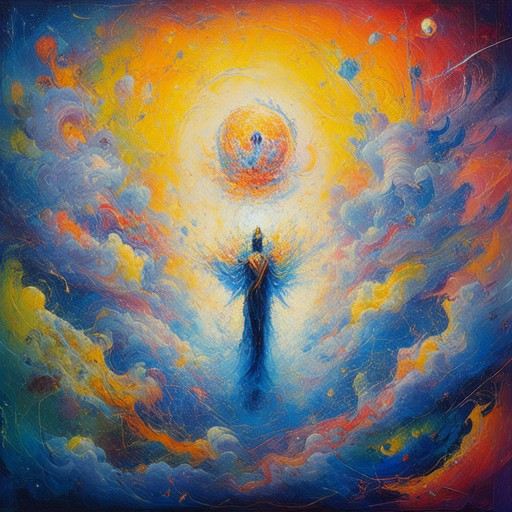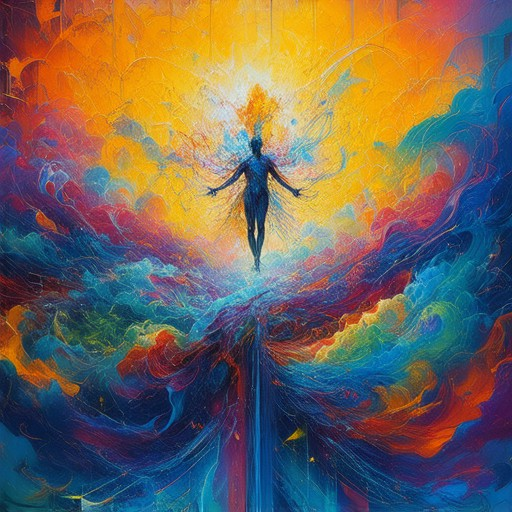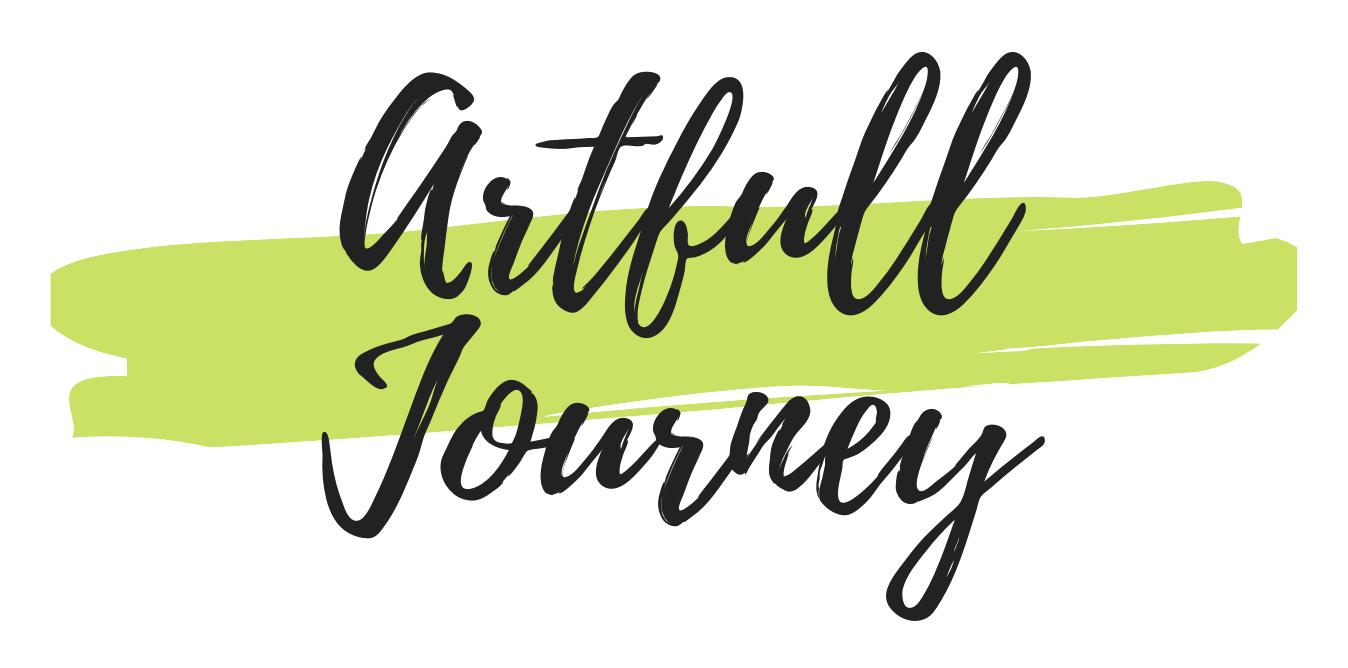Imagine unlocking a hidden potential within yourself, discovering new ways to approach challenges and explore your passions. Creativity is a powerful tool that can transform your life, whether you’re an artist, professional, or simply someone eager to break free from routine. For adults, embracing creativity can lead to enhanced problem-solving skills, increased productivity, and a renewed sense of joy and fulfillment. This guide delves into innovative exercises designed specifically for adults, helping you harness your creative energy and unlock fresh perspectives. From quick 5-minute exercises to group activities that foster collaboration, these creative exercises are crafted to inspire and engage, making it easier than ever to spark your imagination and explore new possibilities. Whether you’re seeking personal growth, team-building ideas, or simply some fun, these exercises offer a wealth of opportunities to express yourself authentically and discover the joy of creation.
Key Takeaways
– Foster Collaboration with Creative Exercises: Engage in techniques like mind mapping, yes-and, brainwriting, and reverse brainstorming to unlock a flood of ideas and spark innovation.
– Understand Brain Function for Creativity: Creativity arises from the collaboration of multiple brain regions, including the prefrontal cortex, temporal lobe, limbic system, parietal lobe, and basal ganglia, working together to generate unique ideas.
– Explore Creative Expression Through Various Channels: Dive into collaborative projects, digital tools, seasonal themes, and mental challenges to express your creativity in diverse ways.
– Leverage Technology and Culture: Use digital platforms and immersive cultural experiences to inspire your creative journey and expand your creative horizons.
– Create a Safe Space for Idea Sharing: Cultivate trust and openness to encourage unconventional thinking and build meaningful connections through shared creativity.
This section encapsulates the essence of the article, offering actionable insights and benefits that readers can apply immediately.

Which Activity Promotes Creativity?
Creativity is a vital skill that can be cultivated through various activities. Engaging in creative pursuits not only enhances personal growth but also contributes to problem-solving and innovation. Here are some activities that effectively foster creativity:
- Arts and Crafts : Engaging in hands-on projects like painting, drawing, or sculpting allows individuals to explore their imagination freely. This process encourages divergent thinking and innovative solutions.
- Gardening : Creating a garden or arranging plants in unique ways can spark creativity. It involves planning, experimentation, and seeing results over time, which nurtures creative thinking.
- Dancing : Dance is a form of expression that allows individuals to move their bodies creatively. It fosters emotional intelligence and can unlock new ways of thinking and problem-solving.
- Playing Music : Whether composing your own pieces or experimenting with instruments, music-making engages multiple cognitive areas, promoting creativity and innovation.
- Improvization : Activities like spontaneous acting, storytelling, or cooking allow individuals to think on their feet and embrace unexpected ideas, cultivating a mindset open to creativity.
- Journaling : Writing down thoughts and experiences can help clarify ideas and uncover new perspectives, serving as a tool for creative reflection and expression.
- Cooking or Baking : Experimenting with recipes or combining unexpected ingredients can be a fun and creative process, leading to unique culinary creations.
- Photography : Capturing moments through a unique lens encourages observation and storytelling, fostering creativity in capturing the world around us.
- Digital Content Creation : Using tools like graphic design software or video editing can allow individuals to express themselves in modern, dynamic ways, promoting creativity through technology.
By engaging in these activities, individuals can unlock their creative potential and find new ways to approach challenges. Remember, creativity is a muscle that grows with practice, and these activities provide excellent opportunities to nurture it. Explore, experiment, and enjoy the journey of discovery!
How to Teach Creativity to Adults
Teaching creativity to adults involves fostering a mindset that embraces innovation and exploration. Here are effective strategies to nurture creativity in adults:
1. Encourage a Growth Mindset
- Embrace Failure : View mistakes as stepping stones rather than setbacks. Celebrate attempts, regardless of outcome.
- Learn from Others : Study successful individuals in your field and analyze their creative approaches.
2. Provide Structured Opportunities
- Experiment with Tools : Introduce adults to new tools like digital software, traditional art supplies, or musical instruments.
- Facilitate Collaboration : Create group projects to encourage diverse perspectives and teamwork.
3. Promote Exploration
- Visit Creative Spaces : Take adults to museums, galleries, or workshops to inspire new ideas.
- Explore New Techniques : Offer classes or workshops on various creative disciplines, such as photography or cooking.
4. Foster a Playful Environment
- Engage in Fun Activities : Incorporate games, puzzles, or improv exercises to stimulate creativity.
- Encourage Curiosity : Ask open-ended questions to spark curiosity and encourage innovative thinking.
5. Develop Practical Skills
- Journaling : Use writing as a tool for brainstorming and idea generation.
- Music and Rhythm : Explore the relationship between rhythm and creativity through composing or improvisation.
6. Provide Resources
- Artful Journey : Visit Artful Journey for articles, tutorials, and resources to inspire artistic growth.
- Explore Competitors : Check out similar platforms like Creativebug for additional learning opportunities.
7. Encourage Continuous Learning
- Join Workshops : Participate in or organize workshops led by experienced creatives.
- Stay Curious : Keep exploring new topics and techniques to keep the creative process fresh.
By implementing these strategies, you can help adults unlock their creative potential and foster a more innovative mindset.

What is the 30 Circles Exercise?
The 30 Circles Exercise, often referred to as the “30 Circles Challenge,” is a fun and creative icebreaker activity designed to stimulate brainstorming and innovation. Participants are given a set of 30 circular shapes and a three-minute timeframe to transform as many circles as possible into recognizable objects or symbols. The goal is to encourage quick thinking, divergent thinking, and creative problem-solving.
Materials Needed:
- 30 circular shapes (paper, digital, or physical)
- Writing tools (pen, marker, or digital tool)
- A timer or clock
- Optional: A guide or example (e.g., a smiling face or sun shape)
How to Conduct the Exercise:
- Introduction:** Explain the rules simply: “You have 30 circles and three minutes. Transform as many circles as possible into meaningful shapes or objects. No instructions, just creativity!”
- Timeframe:** Set a timer for three minutes. During this time, participants must complete their transformations without consulting others or seeking help.
- Example Guidance:** Provide optional examples, such as turning circles into faces, animals, or common symbols, but avoid giving too much detail to encourage unique interpretations.
- Results Sharing:** After the timer ends, participants share their completed pieces. Compare ideas and discuss the creative process.
Variations:
- Theme-Based:** Assign a theme, like “Animals” or “Space,” to guide participants’ interpretations.
- Group Activity:** Conduct the exercise in teams to foster collaboration and teamwork.
- Digital Version:** Create a virtual version using digital tools or apps for remote participation.
Benefits:
- Encourages creative thinking and innovation.
- Improves mental agility and quick decision-making skills.
- Fosters a sense of playfulness and reduces stress.
- Great for team-building and collaborative environments.
- Can be adapted for various age groups and skill levels.
Tips for Facilitating the Exercise:
- Keep the timer visible and clear to maintain focus.
- Set ground rules for respect and constructive feedback.
- Allow participants to work independently to encourage individual creativity.
- Consider time limits to prevent overcomplication and encourage quick iterations.
By participating in the 30 Circles Exercise, individuals and teams can unlock their creative potential and develop innovative solutions to challenges. Whether used in classrooms, workshops, or professional settings, this exercise consistently delivers engaging and impactful results.
For more creative resources and exercises, visit our Artful Journey community and explore our guides on various artistic techniques and creative processes.

What is a creative exercise where everyone generates as many ideas as possible?
The following creative exercise is designed to foster a collaborative and productive environment where individuals can freely explore their creativity:
- Mind Mapping : Start with a central idea or topic and branch out into related concepts. Each participant draws connections and adds unique perspectives, resulting in a web of ideas.
- Yes, And : Build on others’ ideas by adding new twists or extensions. This encourages creative evolution and prevents stagnation.
- Brainwriting : Each person writes down their ideas individually before sharing. This reduces criticism and allows for a diverse range of perspectives.
- Reverse Brainstorming : Discuss failed attempts or challenges first, then reframe them as opportunities for innovation. This approach often leads to unexpected solutions.
- SCAM Method : Simplify, combine, adapt, and modify ideas to create something new and improved. This step refines raw ideas into actionable concepts.
Bonus Tip: Create a safe and trusting environment to encourage open idea-sharing. This builds rapport and enables participants to feel comfortable expressing unconventional thoughts.
Brain Activity During Creative Thinking
Creative thinking involves a complex interplay of brain regions working collaboratively. While the right hemisphere of the brain is traditionally associated with creativity, it is supported by other key areas:
- Prefrontal Cortex : Manages decision-making and problem-solving, crucial for creative problem-solving.
- Temporal Lobe : Processes auditory information and memory, facilitating creative expression through music or storytelling.
- Limbic System (Amygdala) : Influences creativity through emotions like happiness or inspiration, though stress can hinder creativity.
- Parietal Lobe : Contributes to spatial awareness and sensory input, aiding visual artists and musicians.
- Basal Ganglia : Involved in learning and habit formation, enhancing creativity through practice and routine.
Thus, creativity emerges from a network of brain regions collaborating to generate, process, and refine ideas, enabling unique expression and innovation.

How to Do Activity Creatively
Creating activities can be a rewarding and fulfilling experience, allowing you to explore your imagination and develop new skills. Here are some creative ways to approach various activities:
- Collaborative Projects: Engage with others by working on shared goals. Whether it’s a group art project or a creative writing workshop, collaboration can spark fresh ideas and perspectives.
- Digital Creativity: Utilize technology to express yourself. Try e-design courses, digital storytelling apps, or even virtual reality experiences to bring your ideas to life.
- Seasonal Activities: Incorporate themes and celebrations into your activities. For example, participate in festive crafting during holidays or attend cultural festivals to immerse yourself in diverse traditions.
- Mind Exercises: Challenge your brain with puzzles, lateral thinking exercises, or creative problem-solving challenges to boost your cognitive abilities.
Remember, creativity knows no bounds. Experiment with different mediums, explore unique concepts, and stay curious. The journey of creating is as important as the destination itself.
Looking for more inspiration? Discover a wealth of creative resources and guides at Artful Journey , where artists and enthusiasts share tips, tutorials, and stories to fuel your creativity.




0 Comments